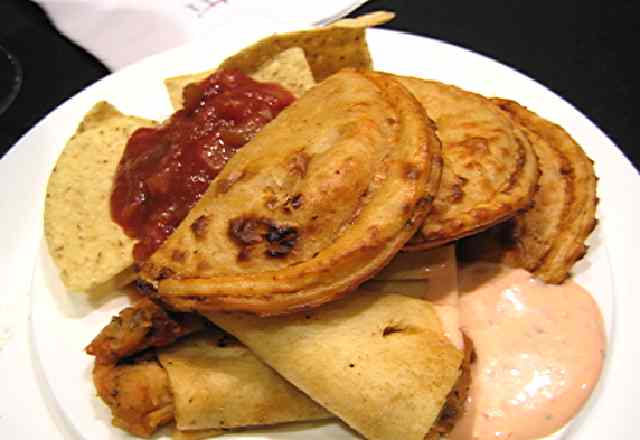
photos by Derrik Chinn
by Cristina González Madín
What do you call a calafia bus full of gringos who visit the most surreal parts of Tijuana and who take part in our most ordinary activities? Turista libre.
If the mental picture of this seems a little odd, we still have to mention that the fellow who organizes these day-trips is from the United States and lives in Tijuana by choice. Derrik Chinn is twenty-eight years old. Three years ago, he left his apartment in San Diego in order to move to Tijuana. And this journalist has enjoyed living here so much that, like so many who are fed up with the city’s bad press, he decided to do something about it.
“I couldn’t stand to hear all the nasty things that were being said about Tijuana. The place is actually very cool, life here is like nowhere else in the world. A lot of people in the U.S. tell me they’d like to visit but they’re afraid to or they don’t want to put up with the wait at the border or they don’t speak Spanish or, well, you get the idea. Sadly, they don’t care that pretty much everyone here speaks at least some English. There’s no reason to use the culture or the language as an excuse.” he says.



